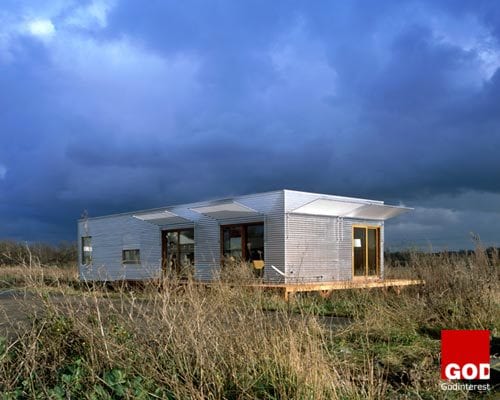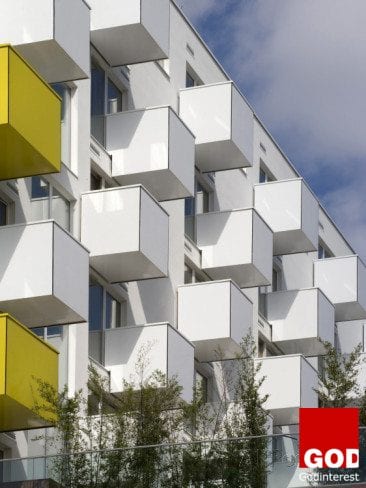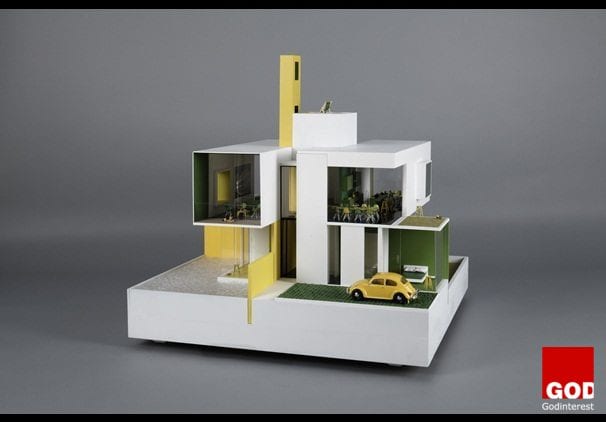The world of Procurement is seemingly full of impassioned people absolutely certain about what procurement is all about. Like other great lies, many of these half-truths and misleading ideas sound agreeable to the ears and come packaged as good advice from influential people.
How many of these popular lies have you fallen victim to?
1. Procurement should have a seat at the C-table
It’s not so much an outright lie as an irritating half-truth – but the damage comes with what Procurement people do with it. The thought behind this is well-intended: Procurement people should be able to speak the language of senior executives as easily as they can talk about FIDIC or demand forecasting. Terms such as EBITDA, ROIC, and economic profit should be part of their everyday parlance. Procurement issues are often the least understood by the board and the CEO and must be explained in their language.
What on earth could be wrong with that? Nothing – if the Procurement people have full cognisance of their own tools and language – and can be persuasive to senior people of the value of Procurement.
Now, that’s where we have, what is kindly referred to, as a skills gap.
In reality, for Procurement with no reputation (outside of that pesky metric of cost) and few business-aligned projects to call upon, it can be incredibly hard to try and catch senior people’s ear – never mind a C-seat (see what I did there?).
2. You must carry out a competitive tender to obtain value for money
I’m trying to distance myself from the public sector here (noting I did co-author the CIPS book on contracting in the public sector) but even in the private sector there’s a desperate need to get three quotes.
Why three quotes?
Not five, not 11? ‘Cos the rules say three; that’s why.
And the rules of Procurement policy and procedures, well, they can’t be broken because the CFO or the head of internal audit (all very commercial animals?) will be down on Procurement like a ton of bricks.
When the three quotes are received the following conversation occurs – the highest price is rejected – ‘they’re ripping us off’ followed by – and I love this one about the lowest price quotation – ‘the price is too low, they must have got the specification wrong’ – and the contract is awarded to the middle-priced one”¦.surely there’s a better way to deliver value for money?
Perhaps starting with actually defining it!
3. Procurement is the only source of governance for 3rd party spend
Being the only source would suggest a 100%, right?
I’d be amazed – and delighted – if Procurement governed half of all the 3rd party spend. Words such as ‘influencing’ are sometimes bandied about to shore up this lie. What a surprise that sales people are either trained, or very quickly learn ways, to actually bypass Procurement when selling.
And the reason?
Obviously marketing, IT, auditors fees, construction/property, recruitment (I could go on) is completely different, say the senior people in those departments – echoing the views of the oh so helpful sales people. And Procurement just never gets near, as they can’t articulate (deliver?) the value they can add.
I await the avalanche of people commenting on this telling me I’m wrong. Please be assured you are exceptional in Procurement.
4. Procurement welcome innovation and strategic relationships and anything other than lower price
Few businesses view Procurement as a strategic process. Most often, Procurement staff report to the CFO. This astonishing trend indicates that Procurement is still viewed as a financial / accounting activity and not an operational strategic activity that directly impacts the bottom line.
Suppliers; if you have an innovative product or service, recognise that Procurement’s ‘raison d’être’ is to deliver cost savings. That’s what they are measured on, that’s what the research with CPOs and the C-suite say is the #1 priority. There’s oodles of other priorities such as local sourcing, sustainability, innovation, partnering, risk management – I could go on and on and on. But that’s the one they get measured on. Think that through, next time you’re pitching.
The take-away
Perspectives on Procurement need to change, mature and grow up. Lies like these need to be re-evaluated and abandoned. Procurement needs to change the way they engage and manage suppliers and their internal stakeholders; ‘adding value’ (a dreadful phrase!) means so much more than asking for a discount.
Stephen Ashcroft BEng MSc MCIPS (speaking here, very much in a personal capacity!) is Associate Director, Procurement and Commercial Advisory at AECOM, a Fortune 500 company. He’s a procurement learner stuck in the body of a procurement veteran, and with over 20 years’ experience still sees the glass as half full. Working with leading organisations across diverse industry sectors, Steve helps clients reimagine procurement to drive improved performance. A recognised advisor, speaker, lecturer, and author; the ever-hopeful Kopite shares his bright-eyed/world-weary views on Twitter @ThinkProcure, LinkedIn and his blog.










